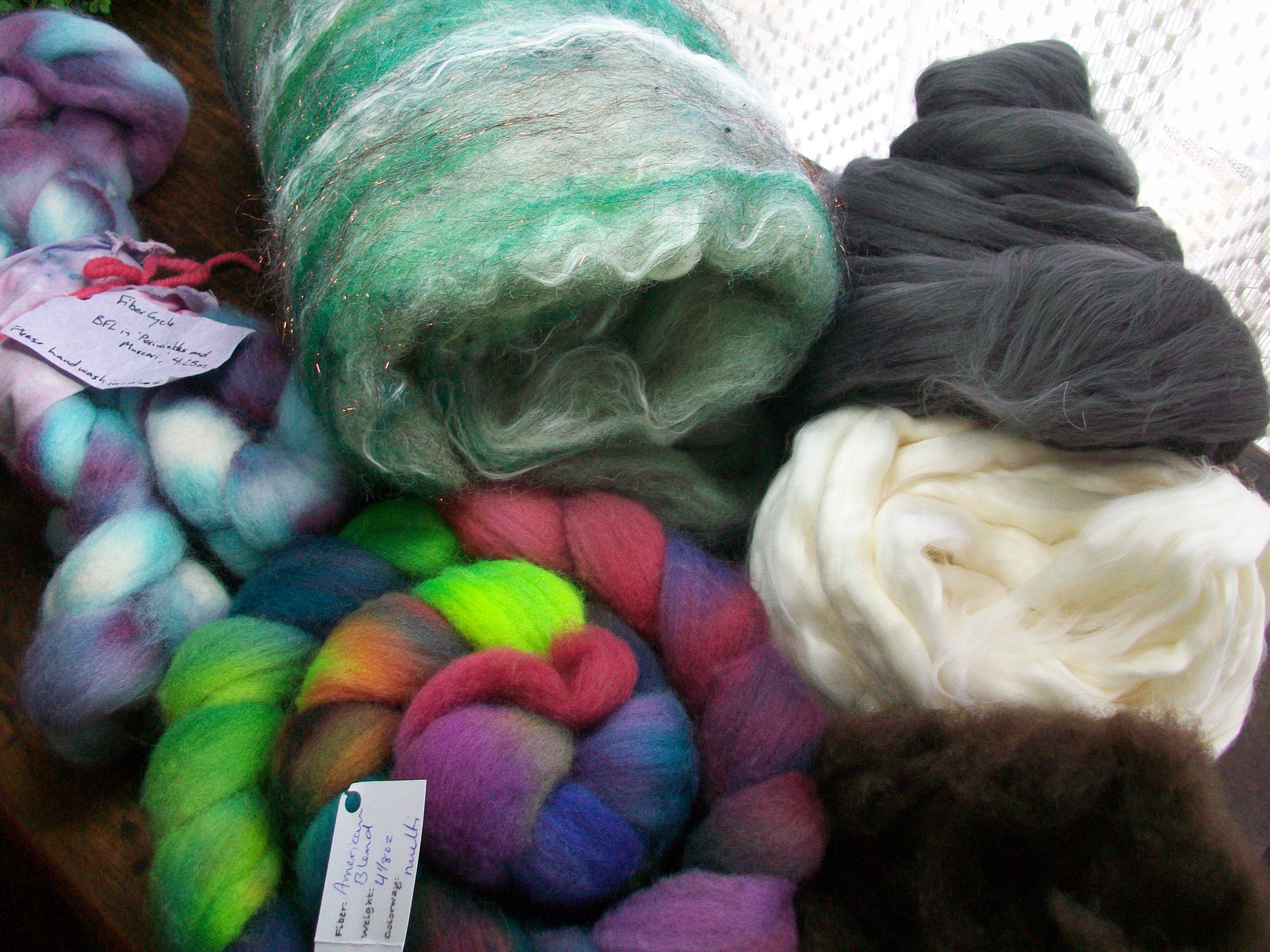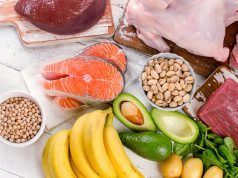In today’s fast-paced world, maintaining a balanced diet can often feel like an uphill battle. Between juggling work, family, and personal commitments, it’s easy to overlook the importance of essential nutrients like fiber. Yet, ensuring you get enough fiber every day is crucial for your overall well-being, aiding digestion, regulating blood sugar, and even helping to prevent certain chronic diseases. We understand that making dietary changes can be daunting, but it doesn’t have to be. In this guide, we’ll walk you through practical and manageable steps to effortlessly incorporate more fiber into your daily routine. Whether you’re a busy professional, a parent on the go, or someone simply looking to improve your health, we’re here to support you on this journey towards a healthier, fiber-rich lifestyle.
Understanding the Importance of Fiber for Your Health
Incorporating sufficient fiber into your diet is essential for maintaining overall health. Fiber not only aids in digestion but also helps in regulating blood sugar levels and lowering cholesterol. Here’s how you can ensure you’re meeting your daily fiber needs:
- Start Your Day with Whole Grains: Swap out refined cereals for whole grain options like oatmeal or whole grain toast. These provide a substantial amount of fiber to kickstart your day.
- Embrace Fruits and Vegetables: Aim for a colorful plate. Fruits and veggies are packed with fiber, vitamins, and minerals. Try adding berries to your breakfast, a salad at lunch, and a variety of steamed vegetables with dinner.
- Snack Smartly: Choose fiber-rich snacks such as nuts, seeds, or popcorn. These are not only satisfying but also contribute to your daily fiber intake.
To give you an idea of how various foods stack up in terms of fiber content, here’s a handy table:
| Food | Fiber (grams per serving) |
|---|---|
| Oatmeal (1 cup cooked) | 4 |
| Apple (medium) | 4 |
| Broccoli (1 cup cooked) | 5 |
| Almonds (1 ounce) | 3.5 |
By being mindful of your choices and incorporating a variety of fiber-rich foods into your diet, you can easily meet your daily requirements and enjoy the numerous health benefits that come with it. Remember, small changes can lead to significant improvements in your well-being.

Identifying High-Fiber Foods to Incorporate into Your Diet
Incorporating high-fiber foods into your daily meals can seem challenging at first, but with a little guidance, it becomes a delightful culinary journey. Start by exploring the bounty of nature with whole grains, which are a cornerstone for fiber-rich diets. Opt for whole grain bread, quinoa, brown rice, and oats. These not only provide the necessary fiber but also add a wholesome texture and nutty flavor to your meals.
- Fruits and Vegetables: Apples, bananas, oranges, berries, carrots, and broccoli are excellent choices. Enjoy them fresh, dried, or even as a delightful smoothie.
- Legumes: Lentils, chickpeas, and black beans are not only high in fiber but also rich in protein, making them a versatile addition to soups, salads, and stews.
- Nuts and Seeds: Almonds, chia seeds, and flaxseeds can be sprinkled on yogurt, oatmeal, or salads for an added fiber boost.
| Food | Fiber Content (g) |
|---|---|
| 1 medium apple | 4.4 |
| 1 cup cooked lentils | 15.6 |
| 1 oz almonds | 3.5 |
| 1 cup broccoli | 5.1 |
Remember, the key to a fiber-rich diet is diversity. Mix and match different sources to keep your meals exciting and nutritionally balanced. Not only will your taste buds thank you, but your digestive system will too!

Practical Tips for Increasing Your Daily Fiber Intake
- Start Your Day Right: Incorporate fiber-rich foods into your breakfast. Opt for whole grain cereals or oatmeal topped with fresh fruits like berries or sliced bananas. If you’re a smoothie lover, add a tablespoon of chia seeds or flaxseeds to boost your fiber intake effortlessly.
- Snack Smart: Swap out processed snacks for healthier alternatives. Keep a stash of nuts, seeds, or dried fruits in your bag for those mid-day cravings. Air-popped popcorn is another fantastic, fiber-rich snack option that’s both filling and satisfying.
- Go Whole: When choosing bread, pasta, or rice, always go for whole grain versions. They not only contain more fiber but also retain more nutrients than their refined counterparts.
| Food Item | Fiber Content (per serving) |
|---|---|
| Chia Seeds | 10g |
| Oats | 4g |
| Almonds | 3.5g |
| Whole Grain Bread | 2g |
Remember, the goal is to make small, sustainable changes rather than overhauling your diet overnight. Listen to your body and gradually introduce more fiber to avoid digestive discomfort. Stay hydrated to help your digestive system adjust and function smoothly. By incorporating these simple strategies, you’ll be well on your way to meeting your daily fiber needs.

Monitoring Your Fiber Consumption and Making Adjustments
It’s essential to keep track of your daily fiber intake to ensure you’re meeting your nutritional goals. One effective way to do this is by maintaining a food diary. Write down everything you eat and drink throughout the day, and use nutrition apps or online resources to calculate your fiber intake. Aim for a daily goal of 25 grams for women and 38 grams for men, as recommended by nutrition experts. If you notice a gap in your fiber intake, don’t worry—there are plenty of simple ways to boost your consumption.
- Incorporate more whole grains: Swap out white bread and rice for whole-grain options.
- Add legumes to your meals: Beans, lentils, and chickpeas are fiber-rich and versatile.
- Snack on fruits and vegetables: Keep a variety of fresh produce on hand for easy, fiber-filled snacks.
It’s also crucial to adjust your fiber intake gradually to avoid digestive discomfort. When increasing your fiber, do so slowly and ensure you’re drinking plenty of water. Here’s a quick reference table to help you make informed choices:
| Food | Fiber Content (grams) |
|---|---|
| 1 cup of cooked lentils | 15.6 |
| 1 medium apple | 4.4 |
| 1 slice of whole-grain bread | 2 |
By consistently monitoring and adjusting your fiber intake, you’ll not only meet your dietary needs but also improve your overall well-being. Remember, small changes can lead to significant health benefits over time.








































